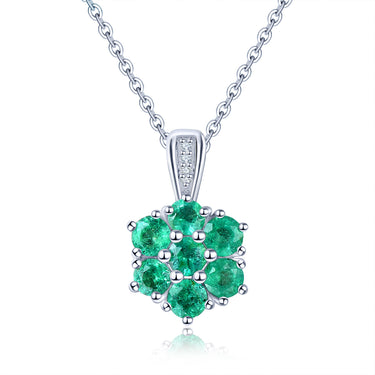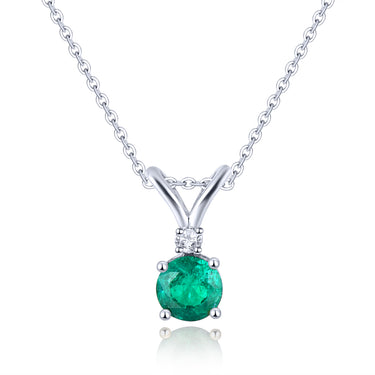In the world of precious gemstones, emeralds stand out for their scarcity, boasting a rarity that sets them apart from diamonds. But what exactly makes emeralds 20% rarer than diamonds, and why does this rarity elevate them to the status of truly precious gems?
Let's explore the facts:
1. Natural Rarity: Emeralds, a variety of the mineral beryl, owe their rarity to their unique geological formation process. Unlike diamonds, which form deep within the Earth's mantle under intense pressure and heat, emeralds require specific conditions, typically found in hydrothermal veins or pegmatites. This geological specificity makes the emergence of emeralds a less common occurrence compared to diamonds.
2. Limited Geographic Sources: While diamonds can be found across various regions worldwide, emerald deposits are concentrated in select areas such as Colombia, Zambia, Brazil, and Afghanistan. This geographical constraint further contributes to the rarity of emeralds, as their sources are fewer and more localized.
3. Emphasis on Quality: High-quality emeralds are distinguished by their intense green color, exceptional clarity, and transparency. However, such top-tier emeralds are scarce, emphasizing the importance of quality over quantity in the world of emerald mining and trade.
4. Cultural Significance: Throughout history, emeralds have been revered for their mystical properties and cultural symbolism. From ancient civilizations to modern-day royalty, emeralds have been prized as symbols of wealth, power, and prestige, further enhancing their allure and desirability.
In summary, the rarity of emeralds, shaped by geological factors, limited geographic sources, and the emphasis on quality, makes them 20% rarer than diamonds. This rarity, coupled with their cultural significance, cements emeralds as truly precious gemstones worthy of admiration and appreciation.


